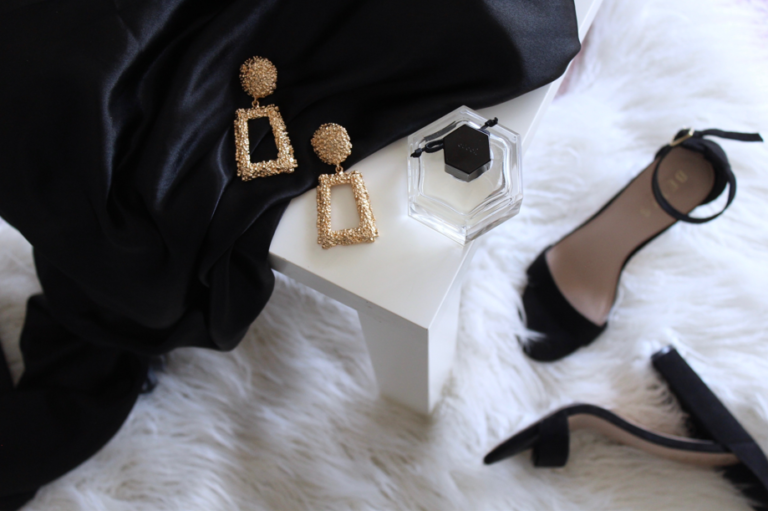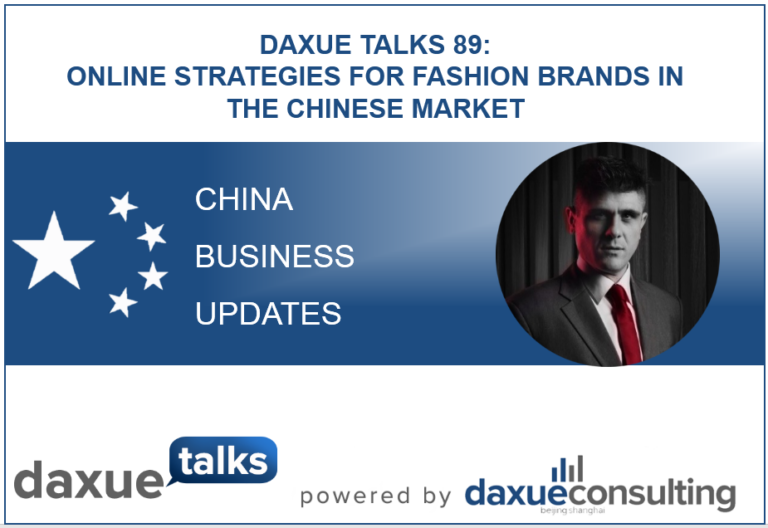Since the end of the pandemic, China’s high-end fashion market has been steadily expanding. Luxury items have become a typical spending choice for many consumers who had to postpone their travels or other leisure expenses. According to Morgan Stanley, this trend is expected to continue throughout 2023, with Chinese consumers projected to increase their purchases of luxury goods. In fact, Chinese consumers will account for 60% of spending growth in the luxury goods sector by 2030.
Furthermore, with the country’s middle class rising, more people are willing to spend larger sums on higher-quality products. According to Bain, the country’s middle- to high-income population expanded by 180 million people from 2014 to 2022; it is forecasted to grow to 250 million by 2030. This can be seen both in higher- and lower-tier cities, where upscale brands are seeing many possibilities for growth.
Download our report on sustainable fashion in China
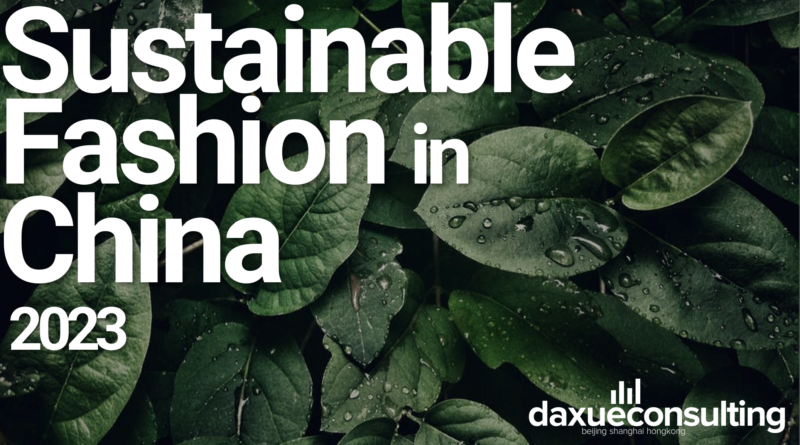
The continuing rise of Guochao
The Guochao trend has emerged as a dominating force, permeating China’s high-end fashion market. The term, which literally stands for “national trend”, refers to the growing interest in Chinese tradition and culture, and, subsequently, brands and products that represent it.
Driven by the growing consumer interest in this trend, numerous brands have taken steps to underscore their connections with China. These efforts encompass incorporating local products and approaches, as well as developing themed seasonal collections that resonate with the Guochao movement.
According to our survey on Chinese luxury brands, Guochao appeals to consumers through its blend of functional and emotional aspects. Chinese customers opt for local luxury brands not only for cultural pride but also due to perceived high value, attentive customer service, and personalized offerings.
Quality and sustainability matter
In the past few years, consumers with higher spendings have started paying more attention to the quality of products, especially since the outbreak of the pandemic. Buyers are now more concerned with the safety and components of items, often prioritizing quality over price and becoming more environmentally aware, with many customers increasingly considering brands’ sustainability. This trend has swiftly spread through China’s high-end fashion market, where consumers are especially sensitive to product features and the values they represent.
Many new fashion brands are prioritizing sustainability by reevaluating their fabric choices and dyeing methods, opting for traditional and environmentally friendly options. This trend has led companies to emphasize material selection and underscore the lasting significance of product sustainability.
For example, UntitlabTM utilizes eco-friendly leather made from natural by-products in food processing plants instead of animal leather to produce shoes. They set their goal as minimizing negative impact on the environment and society, while maximizing the use of sustainable resources. The brand’s choice of utilizing plant-based materials help save the equivalent of 1 kg of CO2 emissions per square meter.

Brands are capturing new opportunities in the Chinese high-end fashion market
New opportunities are emerging in the Chinese high-end fashion market, creating space for new players to step in. Certain sectors, such as high-end beachwear, accessories, and clothing, were previously underrepresented among companies catering to Chinese luxury consumers. While numerous premium brands operate within China, only a handful are custom-tailored for the Chinese audience. This gap has given rise to new China-focused brands and has captured the interest of established foreign companies as well.
High-end beachwear brands
Toswim is a Chinese brand that was established in 2014 and has recently achieved success nationwide. Its target group is young people, especially Gen Z consumers, valuing personalization, self-expression, and brand style consistency. Addressing the void in domestic beachwear, the company has also developed a range of water equipment and products under its own IP.
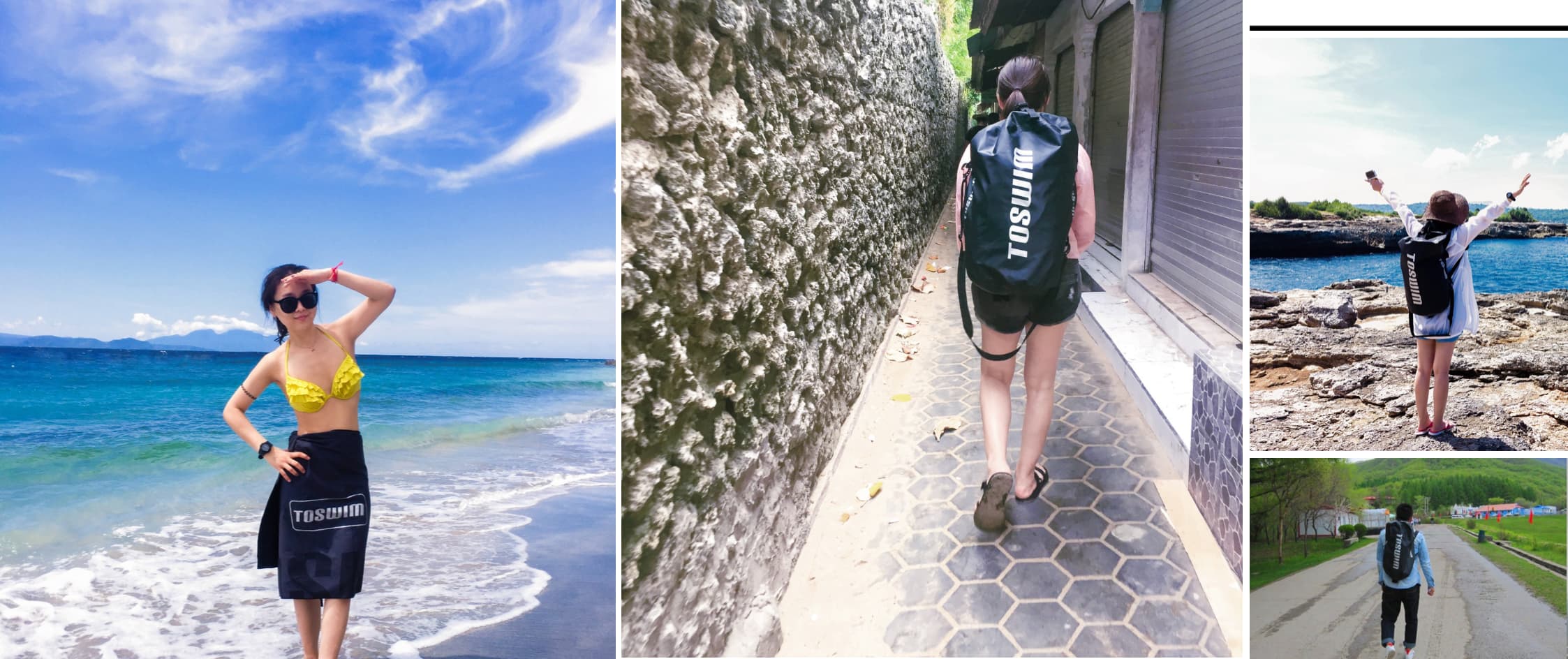
Following the new trends and seeking to fulfill consumers’ rising expectations, foreign brands have started tailoring their products more carefully to match the demand of their Chinese customers. For instance, Arena, an Italian brand, has successfully expanded into the Chinese market. Arena’s strategic sponsorship of the Chinese national swimming team has not only bolstered its recognition among Chinese consumers but has also stimulated consumers’ desire to acquire the same beachwear donned by the athletes.
High-end accessory brands
A similar tendency can be seen in the high-end accessory and jewelry market. The country sees more emerging domestic brands capturing consumer attention, for example, Hefang Jewelry. The brand caters to independent and stylish women who are eager to showcase their uniqueness. It customizes its products to suit the preferences of Chinese buyers, aligning with their tastes. Embracing a storytelling approach in its product lines, the brand effortlessly combines modern aesthetics with a simple design ethos, offering “affordable luxury” for independent women.
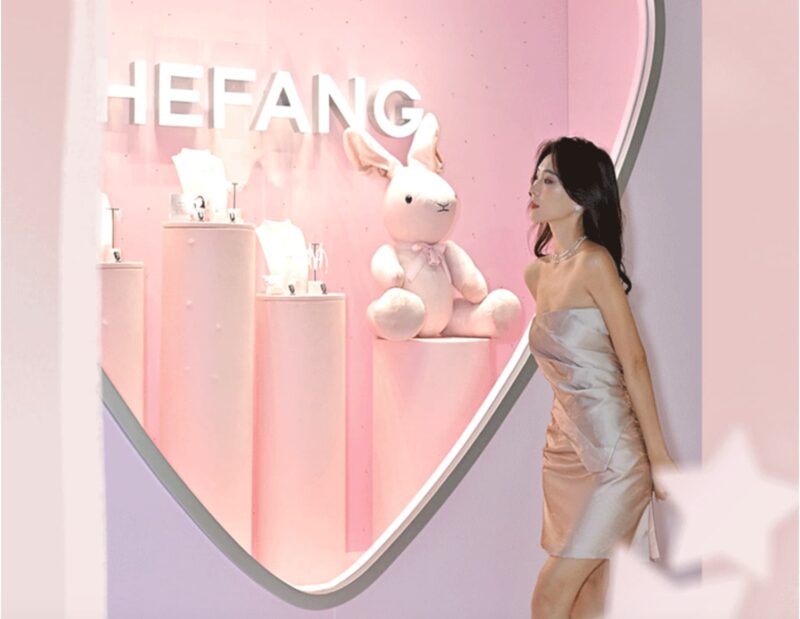
Another brand that has seen impressive success in the Chinese market is APM Monaco that has created a highly effective logistics structure that allows it to produce at least 30 new products per month, taking advantage of the young consumers‘ fast-changing tastes. Part of the brand’s strategy is the focus on incorporating Chinese elements into its products and creating themed lines for festivities and holidays. As well as this, they closely collaborate with Chinese celebrities to gain wider popularity among Chinese consumers.
High-end clothing and bag brands
The growing appreciation from the Made-in-China label is fostering the rise of a constellation of homegrown designer brands.
Among those emerging is Calvin Luo, a Shanghai–based label created in 2016 which has already debuted at New York and Paris fashion weeks. The brand’s clothing style is playful and versatile, setting it apart in terms of both intrigue and practicality within its segment.
The designer’s introspective collections resonate with inspiring artists, reflecting Chinese high-end consumers’ evolving tastes and offering ample room for self-expression.
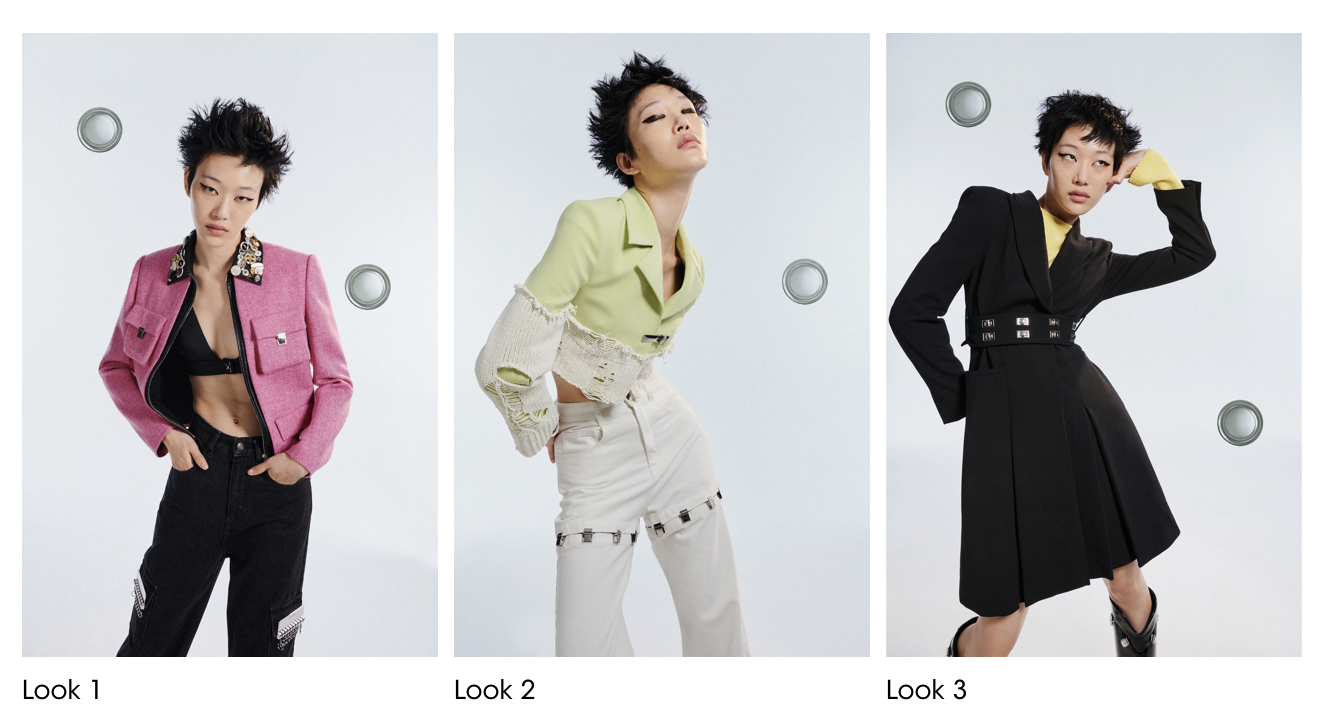
Foreign brands are exploiting the opportunities in the Chinese high-end fashion too. In 2023, Kenzo staged its first fashion show in China. The collection put special emphasis on the company’s relation to Asia, and incorporated Asian motifs in their clothing.
The brand’s signature tiger head pattern is appreciated by the Chinese consumers as part of its recognizable style. Kenzo takes advantage of the celebrity effect, collaborating with Chinese celebrities that wear the brand’s clothes in casual settings as well as on TV shows and social media. This helps the promotion of the company’s production and attracts attention from fans.
Trends and opportunities in China’s high-end fashion market
- The high-end fashion market is seeing growth due to China’s rising middle- and high-income consumer groups that are more willing to spend on fashion items.
- The market is led by Guochao that promotes brands which focus on Chinese tastes and culture.
- Consumers are paying more attention to quality and sustainability, which pushes brands to use better and more environmentally-friendly materials.
- The market presents opportunities for brands focusing on the tastes of Chinese consumers, especially in the beachwear, accessories and clothing industries.



